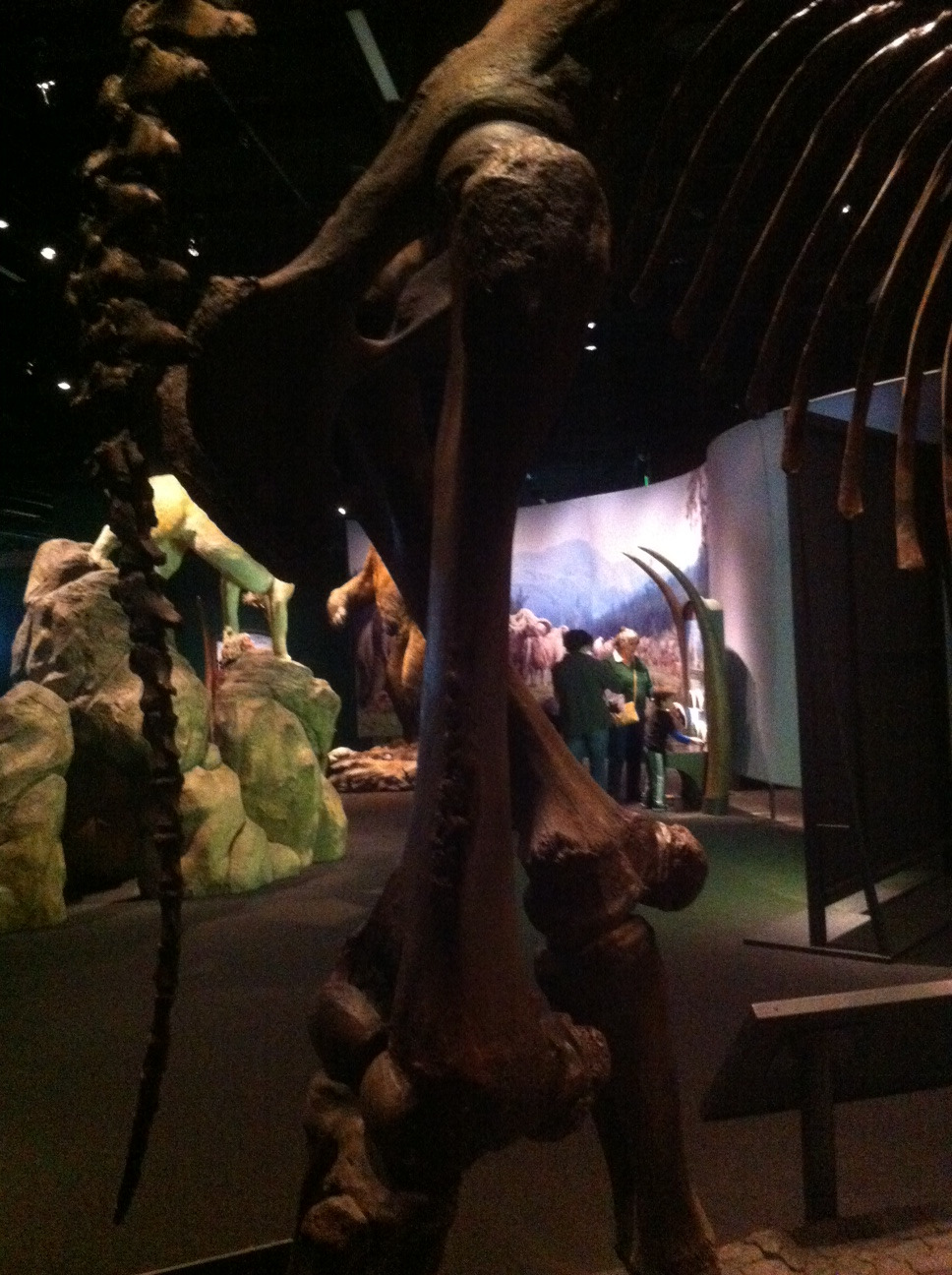Orthotics and footbeds, they’re the same thing, right? This is a question that is posed to us all the time. No, they’re not the same, but oftentimes one or the other can be appropriate. To explain the difference, we need to understand a little bit about foot mechanics.
The foot is a biomechanical marvel. It is composed of 26 bones and 31 articulations or joints. The bones and joints work together in concert to propel us through the earth’s gravitational field. It is a dynamic structure that is constantly moving and changing with its environment, whether it is in or out of footwear. Problems with the bones or joints of the foot, or the forces that pass through them, can interfere with this symbiosis and create problems which we call diagnoses. They can range from bunions, plantar fasciitis, shin splints, TFL syndrome, abnormal patellar tracking, and lower back pain just to name a few.
Before we go any further, we should talk a little bit about gait (ie walking pattern). Normal walking can be divided into 2 phases, stance and swing. Stance is the time that your foot is in contact with the ground. This is when problems usually occur. Swing is the time the opposite, non weight bearing foot is in the air.
The bones of the foot go through a series of movements while we are in stance phase called pronation and supination. Pronation is when your arch collapses slightly, to make your foot more flexible and able to absorb irregularities in the ground; this is supposed to happen right after your heel hits the ground. As your foot pronates, the leg rotates inward, which causes your knee to rotate in, which causes your thigh to rotate in, which causes you spine to flex forward. Supination is when your foot reforms the arch and makes your foot a rigid lever, to help you propel yourself; This is supposed to happen when you are pushing off with your toes to move forward. It is at this time that the entire process reverses itself, and your leg, knee, and thigh rotate outward and your spine extends backward. When these movements don’t occur, or more often, occur too much, is when problems arise. This can be due to many reasons, such as lack of movement between your foot bones (subluxation), muscle tightness, injury, inflammation, and so on.
Many people overpronate. This means that their arch stays collapsed too long while in stance phase, and they remain pronated while trying to push off. As we discussed, during pronation the foot is a poor lever. This means you need to overwork to propel yourself forward. This can create arch pain, inflammation on the bottom of the foot (plantar fascitis), abnormal pressure on your foot bones (metatarsalgia), knee pain, hip pain and back pain.
Skiing is a stance phase sport. While skiing, your foot stays relatively immobile in a ski or snowboard boot (i.e. it is not moving through a gait cycle). A footbed is designed to create a level surface for your feet and keep them in a neutral posture. It accomplishes this by “bringing the ground up to your foot.” They are generally custom designed to an individuals foot through many different methods. They work incredibly well (as long as the foot remains in a static posture) and many people extol the benefits and improvements in their snow sports when using these.
Running, hiking and cycling are more dynamic. Sports like these demand a device that changes the biomechanics, so here an orthotic would be most appropriate.
Orthotics are always custom made devices. They actually improve the mechanics of your foot and make it function more efficiently by altering the shape and function of the arch as the foot moves through various activities. They act like a footbed but have the added benefit of functioning while dynamic (i.e. moving) as well. This works as well or better than a footbed, and is usable in other sporting activities, such as running, biking, hiking, skiing or snowbaording. Many people use their orthotic in their everyday shoes, to help prevent some of the problems and symptoms they are experiencing.
In summary, a footbed supports the foot in a neutral posture. It is great for activities where your foot is static or held in one position. An orthotic supports the foot in a neutral posture and improves the mechanical function of the foot. It can be used in static or dynamic activities. Remember to always consult with a professional who is well versed with the mechanics of the feet, ankles, knees, hips and back, since footbeds and orthotics have a profound effect on all these structures.
The Gait Guys. Bring you info you can use, each and every day.
All material copyright 2013 The Gait Guys/ The Homunculus Group. All rights reserved.

































